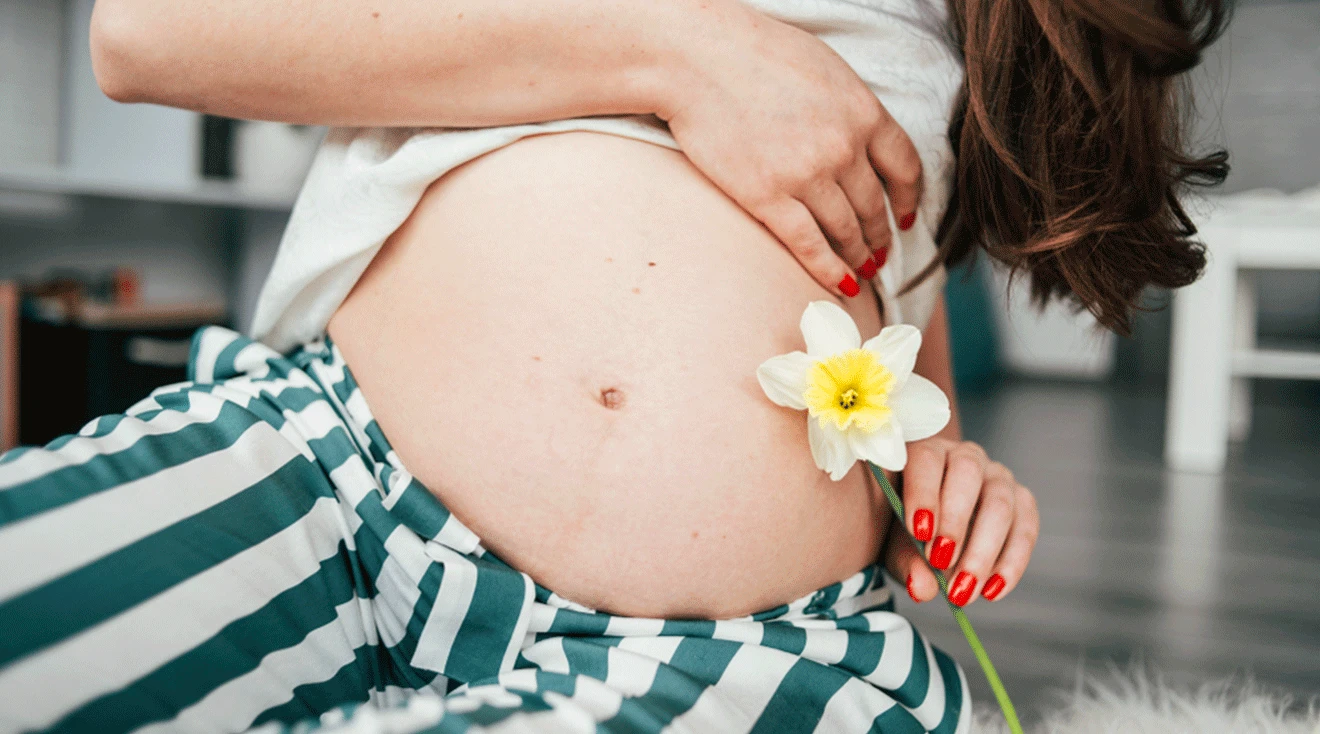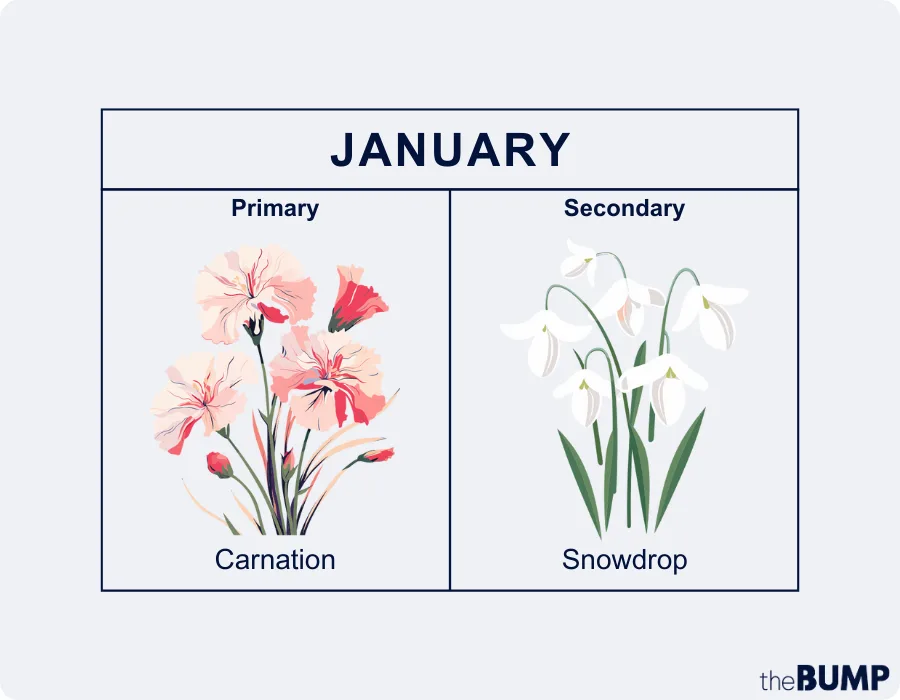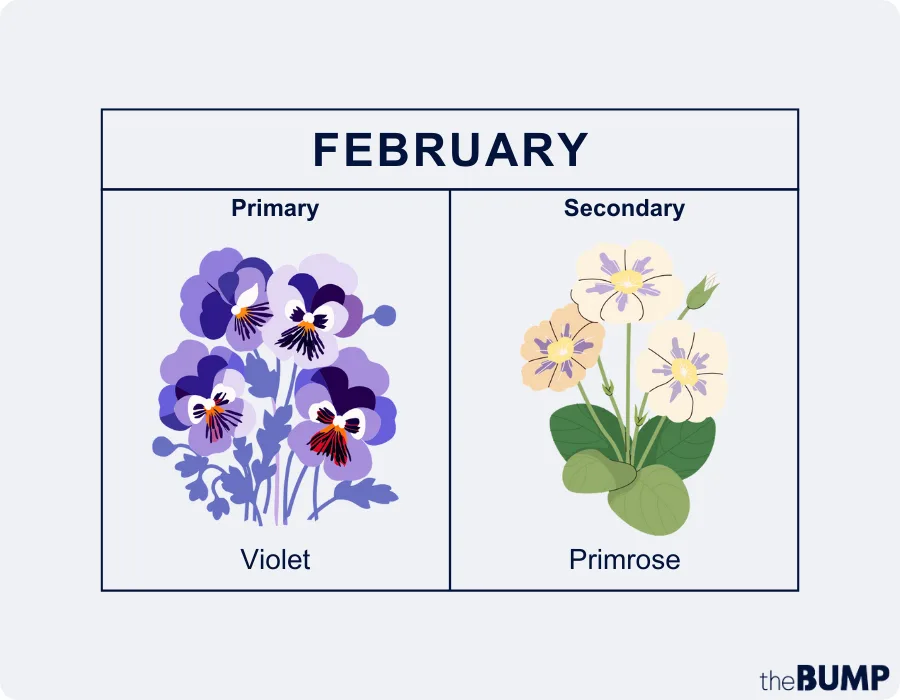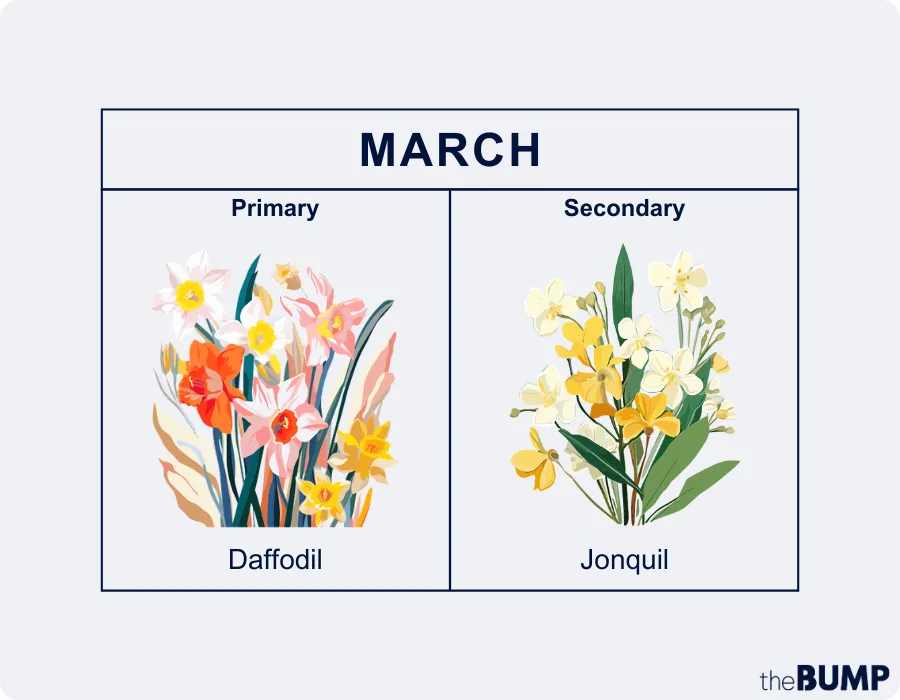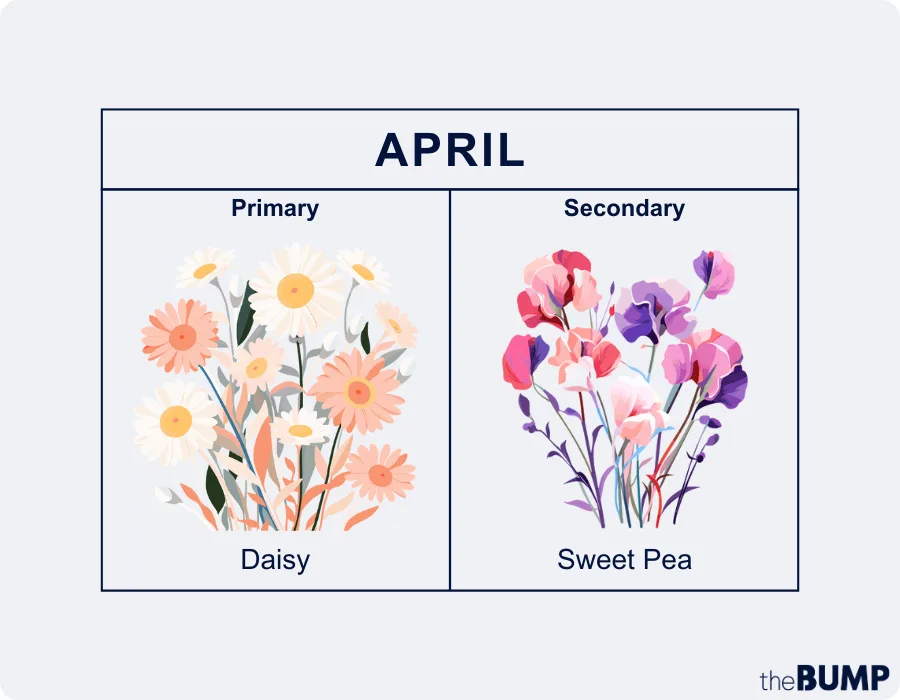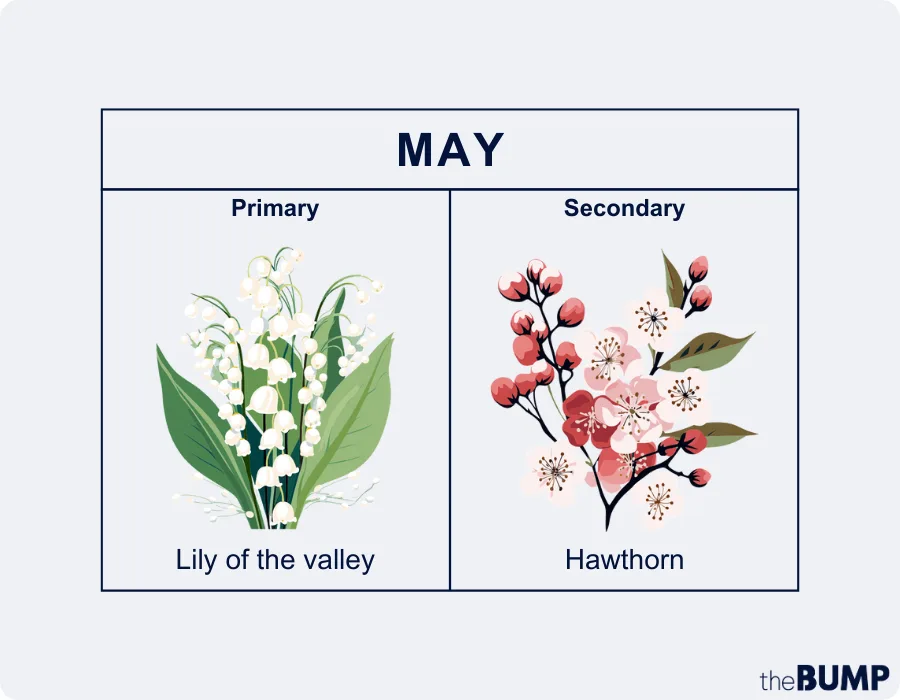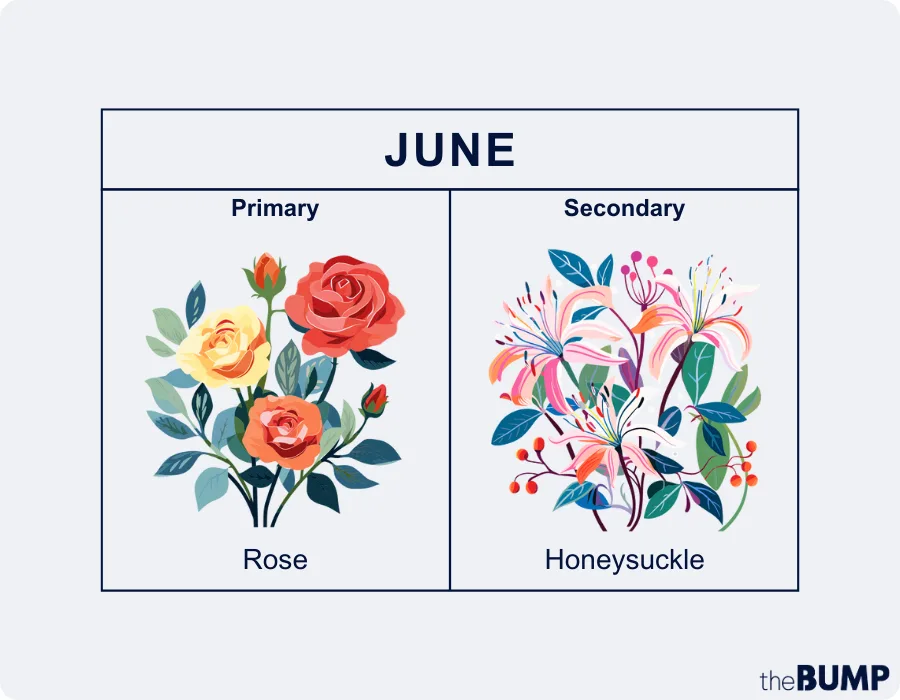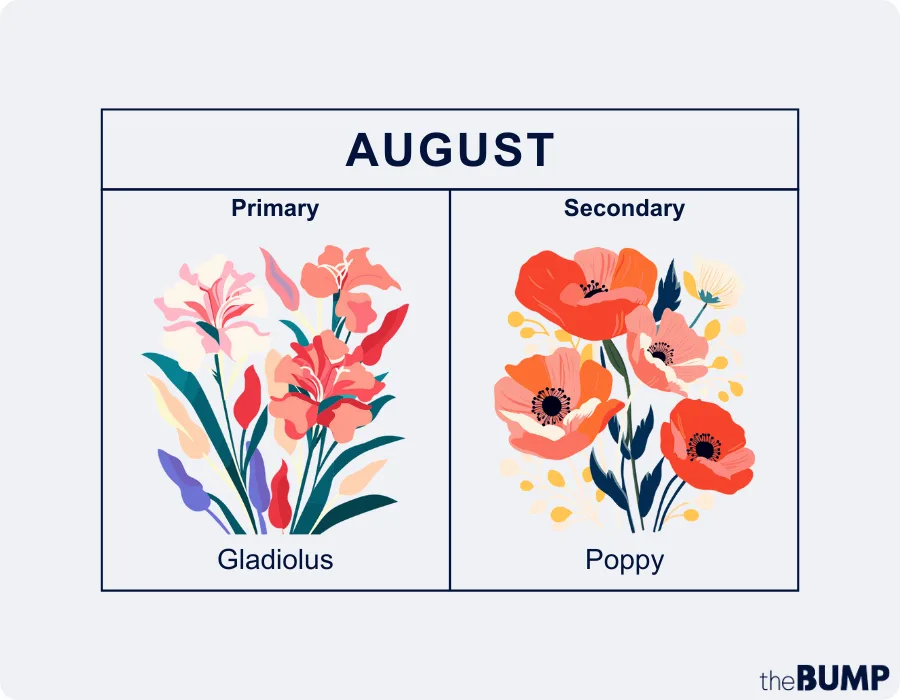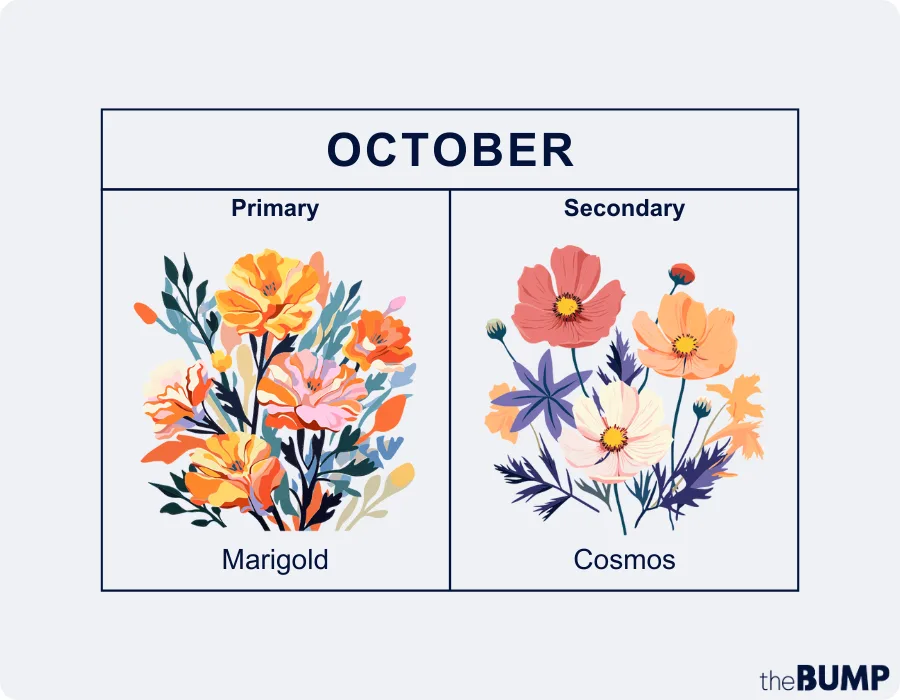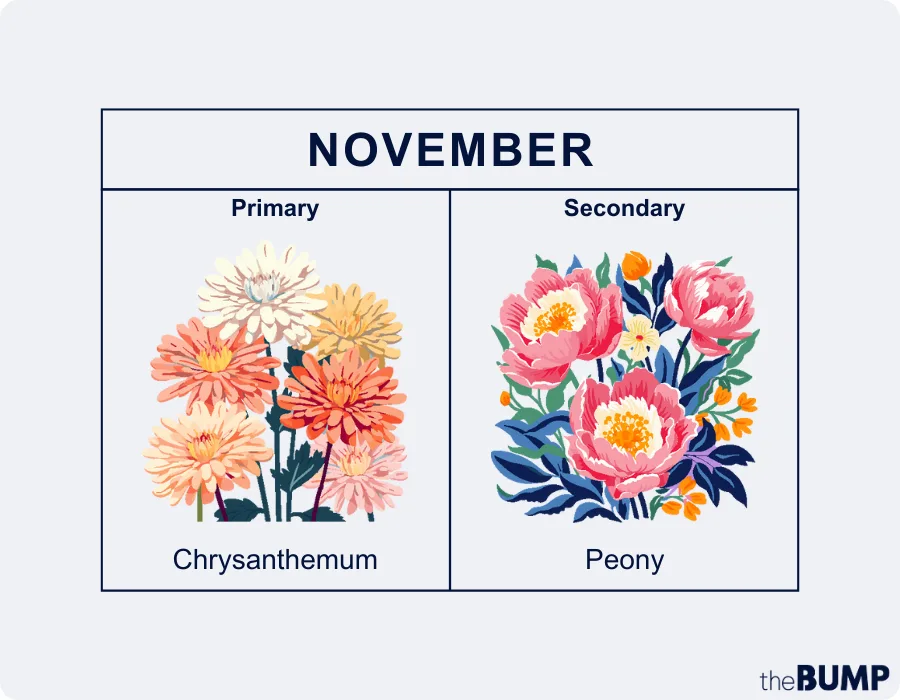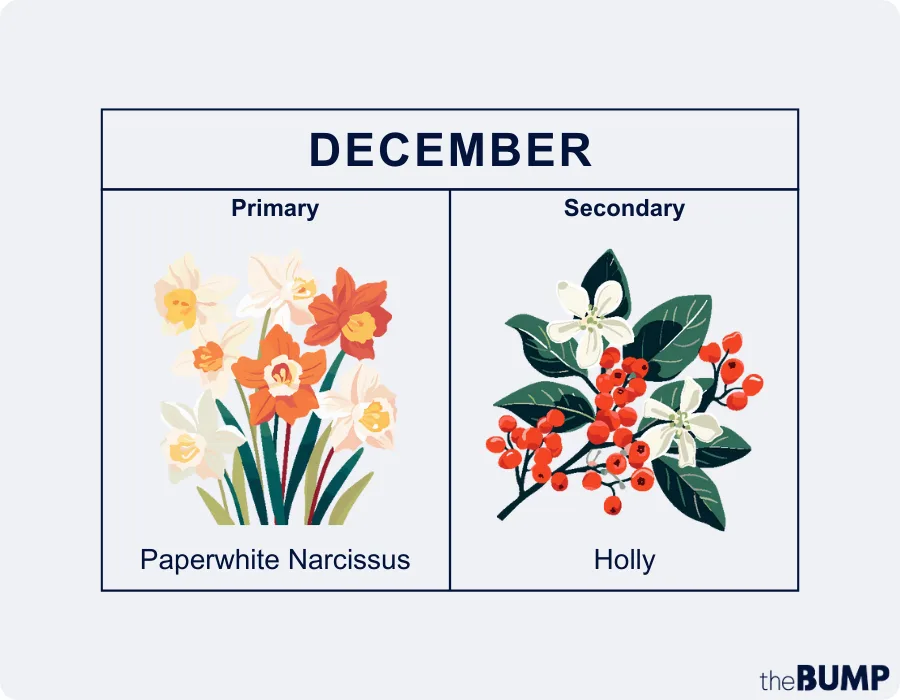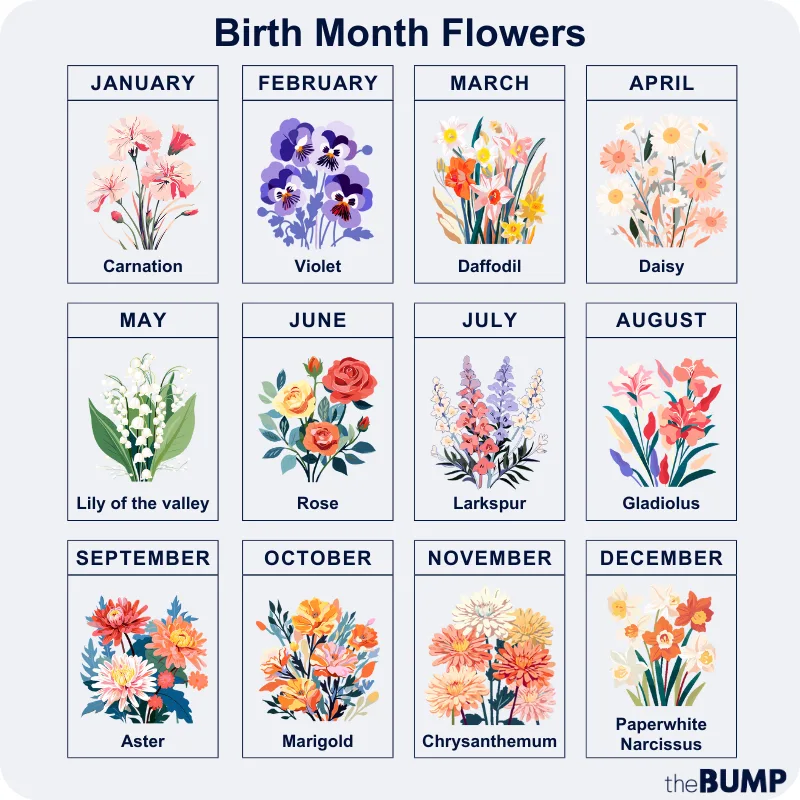What Are the Birth Flowers by Month?
Like birthstones and astrological signs, birth flowers offer a fun way to identify with our birth months. And as parents, it can be interesting to think about the ways our kids’ personalities match the characteristics and special meanings of their respective blooms. Below, we delve into the beauty and meaning of birth flowers.
As the name implies, birth flowers are flowers associated with the months of the year. Though the origins of the birth flower concept are not entirely clear, some sources say the tradition dates back to ancient Rome. Birth flowers are assigned their months based on when they’re typically in bloom (at least in the Northern Hemisphere).
Most months have a primary and secondary birth flower, allowing us to pick the flower we identify with most—or claim both!
Primary January birth flower: Carnation
Carnations are January’s primary flower. They’re a bouquet staple, bringing color, texture and cheer. With their ruffled appearance and spicy scent, carnations commonly symbolize love and devotion, and they bring fun and lightness to an otherwise drab time of year.
Secondary January birth flower: Snowdrop
January’s secondary birth flower, the snowdrop, is a fighter. Snowdrops symbolize hope, rebirth and resilience. Their small size and dainty-looking petals deceive them, though, as these flowers are surprisingly tough, weathering the winter elements with grace.
Primary February birth flower: Violet
These classic flowers are February’s primary birth flower. Their rich violet color, heart-shaped leaves and hardiness make them flower bed favorites. Violets often symbolize faithfulness and strength, standing tall and blooming early in the season.
Secondary February birth flower: Primrose
Primroses are February’s secondary flowers. They’re small flowers that come in many colors, each with five petals and a yellow center. Primroses symbolize youth and renewal, and they’re at home in the wild. Another early-blooming flower, they have what it takes to withstand cold temperatures.
Primary March birth flower: Daffodil
Daffodils, March’s primary birth flowers, represent rebirth and joy. It’s a good-news flower, alerting us that spring has arrived. Their six petals, long center trumpet and bright yellow color greet us after the worst of winter to tell us there are warm, sunny days ahead.
Secondary March birth flower: Jonquil
Jonquils come from the same family as the daffodil and have almost the same symbolism and characteristics. However, jonquils are smaller, more fragrant and have a shorter trumpet.
Primary April birth flower: Daisy
The daisy is a delightful classic—bounding into spring with energy and joy. It represents innocence and purity—you can practically hear children’s laughter when you look at them. They’re frequently found with long white petals and yellow centers but come in many colors and varieties.
Secondary April birth flower: Sweet pea
Sweet peas are climbing flowers—reaching tall heights before blooming. They often symbolize pleasure and kindness, reminding us to appreciate warmer spring weather. They’re fragrant and come in many colors and are distinguishable by their pea pod-like petals.
Primary May birth flower: Lily of the valley
Lily of the valley is May’s primary birth flower. These flowers are white and bell-shaped and prefer cool woodland habitats. They’re associated with humility and a return to happiness, making them a perfect spring birth flower.
Secondary May birth flower: Hawthorn
The hawthorn is a white or pink flower that grows on shrubs and trees with thorny branches. Adding beauty to an otherwise harsh plant, they represent sturdiness and love. Hawthorn is the perfect flower for a resilient May baby.
Primary June birth flower: Rose
A rose is a tenacious and beautiful juxtaposition—inviting you to come closer, but only if you’re careful to avoid their thorny stems. Roses thrive in warm weather and symbolize love, passion and mystery. They have many layered petals and come in lots of brilliant colors and varieties.
Secondary June birth flower: Honeysuckle
Honeysuckles are fragrant flowers with climbing stems, most notable for their sweet nectar. These joyful flowers can be white, yellow or pink, and are tube-shaped. Honeysuckles represent happiness and love.
Primary July birth flower: Larkspur
Larkspurs stand atop tall stalks and come in a variety of friendly shapes and colors, like purple, white, yellow and red. They represent love and positivity which goes hand-in-hand with this warm and joyful time of year.
Secondary July birth flower: Water lily
Water lilies grow in water and have large round leaves, or lily pads. Everything about them is unique—from their habitat to their pointed petals. Water lilies symbolize rebirth and enlightenment and are associated with wellness.
Primary August birth flower: Gladiolus
Gladiolus perch proudly on tall flower spikes and come in an array of vibrant colors, fitting for this spicy time of year. These flowers symbolize strength and integrity.
Secondary August birth flower: Poppy
Poppies are known for their crepey red petals and black centers; they’re powerful-looking late-summer bloomers. Poppies demand attention, and serve as striking symbols of peace, hope and resilience.
Primary September birth flower: Aster
Asters come in many varieties but are typically depicted with violet petals and yellow centers. These lovely daisy-like flowers represent the beginning of the autumn season and serve as symbols of love and wisdom.
Secondary September birth flower: Morning glory
Morning glories grow on climbing vines and have trumpet-shaped violet flowers. These steadfast blooms last until the first hard fall frost and represent love and resilience.
Primary October birth flower: Marigold
Marigolds are known for their layered and vibrant orange, red and yellow blooms. They symbolize joy and passion, and their autumnal colors make them a great pairing for the fall season.
Secondary October birth flower: Cosmos
Cosmos are in the same family as marigolds. They bloom until the first hard fall frost and make a beautiful addition to a harvest bouquet. Cosmos symbolize harmony and balance, ideal for this cozy time of year.
Primary November birth flower: Chrysanthemum
Chrysanthemums are vibrant circular flowers that come in a variety of colors and bloom well into fall. Perfect for a November child, they symbolize longevity and happiness.
Secondary November birth flower: Peony
Peonies, November’s secondary birth flowers, are known for their universal appeal and large layered blooms. They’re a bouquet favorite, bursting with splendor and fabulousness. Peonies come in an array of warm colors and symbolize love, romance and prosperity.
Primary December birth flower: Paperwhite Narcissus
The Paperwhite Narcissus is December’s primary birth flower. These white flowers have six white petals and a white trumpet in the center. They’re resilient flowers and represent love and renewal, a great match for your December baby.
Secondary December birth flower: Holly
While holly is not technically a flower, it’s a jolly plant pairing for your December baby. With the berries’ bright red hues and the shrub’s prickly leaves, the holly plant symbolizes protection and peace.
Below is a chart showing the veritable rainbow that is birth month flowers—offering joy and color all year long.
Birth month flowers are not only pleasing to the eye but fun to learn about. They invite us to slow down and enjoy the season we’re in, reminding us that there can be joy and meaning in every month of the year.
Plus, more from the month:
Almanac, [Birth Month Flowers and Their Meanings]https://www.almanac.com/content/birth-month-flowers-and-their-meanings](https://www.almanac.com/content/birth-month-flowers-and-their-meanings)
Floraly.com, November Birth Flowers and Meanings
Learn how we ensure the accuracy of our content through our editorial and medical review process.
Navigate forward to interact with the calendar and select a date. Press the question mark key to get the keyboard shortcuts for changing dates.
































